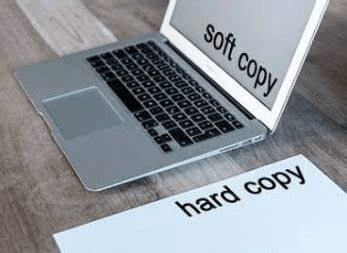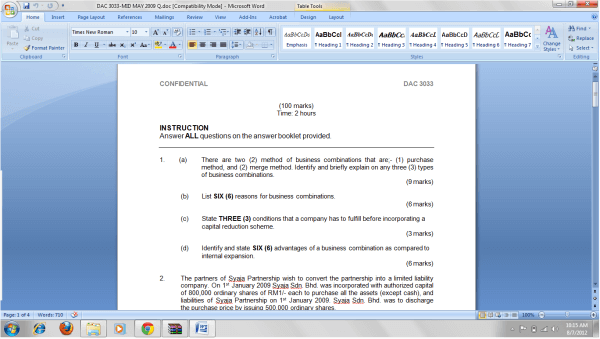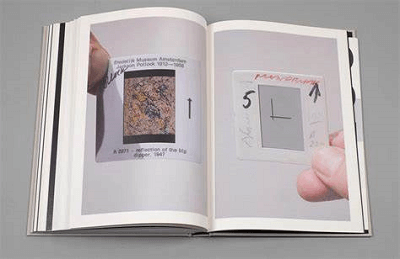Difference Between Softcopy and HardcopyIn the fields of research and knowledge, data and information are essential. Most of the time, information or data must be exchanged or distributed. Before reaching its destination, data frequently travels through several channels. There are several ways to transport information. In modern technology, exchanging data can be done quickly using either a hard copy or an electronic copy. The main distinction between a hard copy and a paper copy is that a hard copy is an actual, tangible document that may be scribbled on or printed as long as you can hold it and read it without a gadget. 
However, a "soft copy" is the term used to describe an electronic version of the materials. Yet, they can only be read via a digital device like a computer or smartphone because they cannot be held in their hands. Soft Copy:A "soft copy" is a digital document stored as a file on a computer or disc. Any document is not printed on paper but rather in electronic form. You can open and edit a soft copy of a document depending on the type utilizing software tools, including database applications, processing programs, presentation software, and many more. When a soft copy is saved on PCs, USB drives, etc., it becomes temporary. As the soft copy is virtual, a user cannot touch it. It is also known as a virtual copy of a file or document of a result. 
Soft copies can be shared and distributed quickly via a network connection using tools like email and social media. As a result, they are more affordable and practical than hard copies as a means of communication. Examples include scannable notes, PDF notes, Ebooks, ENews publications, and other materials. Soft copies outlast hard copies regarding vulnerability and durability in the long run. Hard copies can be easily folded, twisted, burned, torn, or destroyed. The soft copy is shielded from destruction when a user creates frequent backups and stores it in the proper hardware configuration. Hard Copy:A hard copy is a computer-produced version of an electronic document printed on paper or another transparent surface. Permanent copies are frequently used to refer to the output printed on paper in hard copy form. The printable file could be a picture, a written document, a sketch, or something else. The term "hard copy" refers to the fact that they are tangible physical items that we can touch. Thus, it qualifies as a real copy. They include but are not limited to books, newspapers, printed document files, notebooks, etc. 
Hard copies are still significant for several reasons, even in the digital age. Sometimes, the hard copies may be a backup whenever someone mistakenly loses or deletes their digital data. In addition, some people find managing and distributing hard copies quite simple. Sometimes, people can also utilize these copies as templates or schemas scribbled up with a pencil or pen. According to the information above, the following are some of the main distinctions between soft copy and hard copy:
Conclusion:Soft copies are less likely to be damaged compared to hard copies of papers. They have some advantages over hard copies. When placed in a properly built hardware framework, a softer copy is almost immune to any of these scenarios for an indefinite amount of time. In contrast, a hard copy can be bent, folded, burned, torn, lost, or dirty. Printing and typing on an electronic typewriter can produce a hard copy. The printer's DPI (Dots Per Inch) can be used to gauge the quality of the copy. The best printers are those that use laser technology. A soft copy is a collection of information and data that can be saved on a computer or drive as virtual files. Hard copies should be kept only briefly because they are susceptible to damage. A digital copy is yours to keep for as long as you desire. Other than they are data transmitters, there is no link between them (data). Each of them has unique qualities and characteristics that make them stand out. The hard copy is an outdated way of data transmission. A whole new form of transmission is now available: soft copy. Indeed, a digital copy is more common in the twenty-first century. Nonetheless, when it comes to recording information, hard copies have their value.
Next TopicDifference Between
|
 For Videos Join Our Youtube Channel: Join Now
For Videos Join Our Youtube Channel: Join Now
Feedback
- Send your Feedback to [email protected]
Help Others, Please Share










